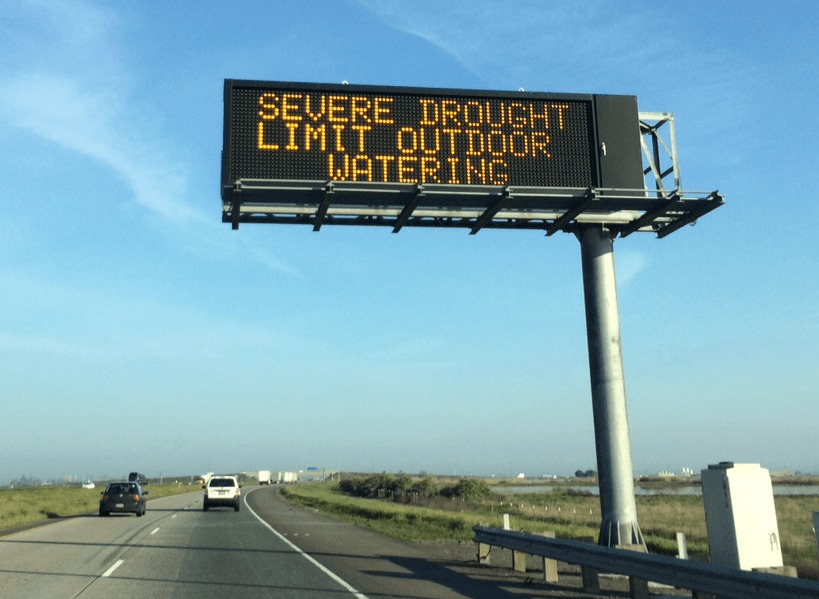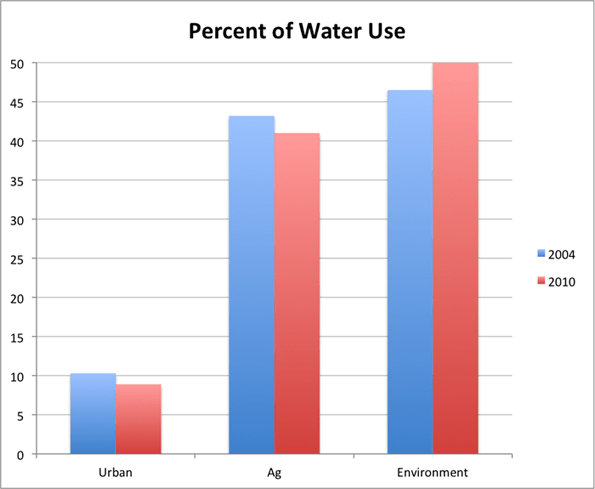Approximate number of acre-feet of fresh water flushed to the ocean since December 1, 2015 One acre-foot is 325,851 gallons. It is enough water to meet the household needs of two California families for an entire year. Every day more than 6,600 acre-feet, or more than 2 billion gallons, of precious water is flushed to the ocean. […]
Farming accounts for 40.8% of state’s water demand
Farms account for 40.8 percent of California’s water demand according to the California Water Plan (Bulletin 160-13). Farmers are often mischaracterized as using 80 percent of the state’s water supply, but that’s simply not true, based off of numbers published by the California Department of Water Resources (DWR). The largest water user in California is […]

